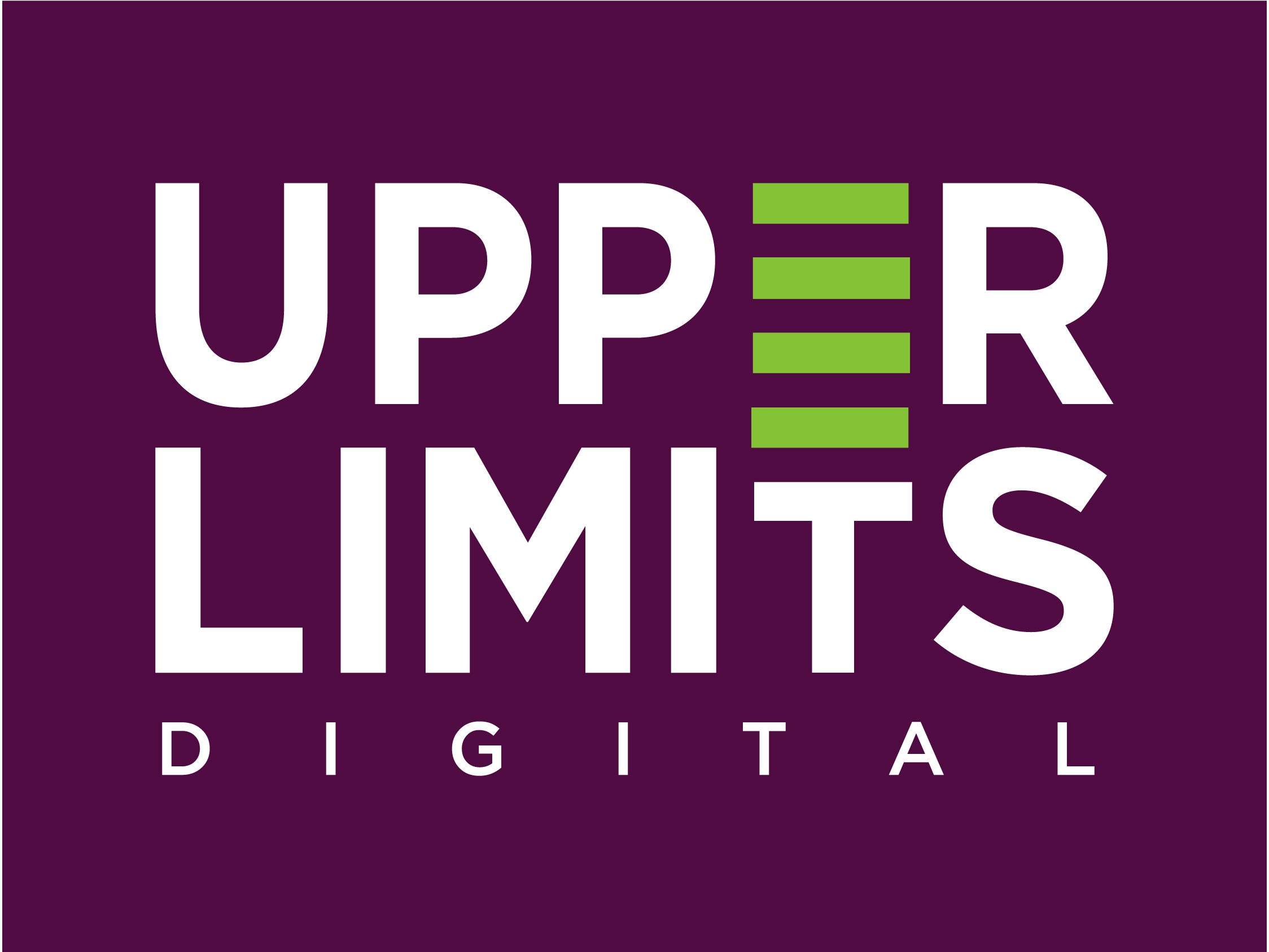As a marketing agency, we work with both new and established brands across a wide range of industries. While our marketing strategies are unique to each client, a universal truth emerges: You can’t sell your product or service if your target audience isn’t aware of your brand.
Human Relationships & Marketing
Your marketing efforts should emulate your other human relationships. You can’t become friends with someone if you don’t introduce yourself first. Similarly, forging a relationship with your target consumer requires a foundation of awareness. If your target audience doesn’t know your brand exists, you can’t expect them to buy your products or services.
Asking an unaware consumer to buy something is like walking up to a stranger in the grocery store and launching into a vent-session about your day, sans introduction. It is not appropriate and it will not be well-received.
Just like every other human relationship, marketing relationships take time, investment, and nurturing. Unfortunately, many companies decide to skip the brand awareness phase of their marketing strategy in a misguided attempt to sell more, now. They opt-out of cultivating human relationships.

What Is Brand Awareness?
Brand awareness is the extent to which consumers are familiar with the distinctive qualities or image of your brand, products, or services. Brand awareness is the entry point to the inbound marketing funnel (more on this below!), forming the base for all future consumer interactions.
Hoyer and Brown (1990) studied the effect of brand awareness on consumer behavior and found substantial evidence that brand awareness influences purchase decisions including choice and brand sampling. The research found that inexperienced buyers rely on brand awareness to make a purchase decision. Consumers who are aware of one brand in their choice set tend to sample fewer brands, and consumers choose the known brander over other brands, even if the known brand is lower quality than their other options.
This study shows that consumers favor brand awareness over quality – and that their purchase decisions are strongly linked to brand awareness. Smart businesses implement a brand awareness campaign before asking their target audience to buy their product or service. Fostering awareness leads to stronger brand relationships and increased conversions across platforms!
Build Your Brand Visibility
So how do you get leads into the first part of your funnel, the brand awareness phase? The first step is understanding the phase and resolving to increase your brand visibility. In our work, we see companies cut the awareness phase out entirely – and it negatively impacts their marketing efforts. If your target audience doesn’t know about your company, how can you expect them to buy from your company?
Brand awareness means just that, building up visibility and awareness of your brand within your target market. During this phase, sales are not the primary goal. This is a hard concept for entrepreneurs and executives because it runs counter to their intuition.
“Your brand is what people say about you when you’re not in the room”
Jeff Besos
The foundation for the brand awareness phase is your brand language worksheet, target market analysis, and competitive landscape. These three documents will help you define your brand values, your target market, evaluate your competition, and identify opportunities.
Use Touch Points
Building brand awareness necessitates a strong digital market strategy. By different estimates, it can take anywhere from six to thirty touch points before a lead is ready to buy. SalesForce explains that it takes six to eight touches to generate a viable sales lead, while The Online Marketing Institute claims it takes seven to thirteen plus touches.
There is no one perfect formula, but the presence of this research shows that it takes multiple touches. Dumping information on your potential customer and immediately asking them to buy your product is not effective. It is not impossible to make a sale this way, but your conversion rate will be much higher with a well executed inbound marketing funnel.
When your brand language, target market research, and competitive landscape are complete, you can begin your active brand awareness phase. This phase looks different for every company! We typically recommend brand reputation management through social media and directory listings.
Once your business has a strong digital presence and quality business reviews, you are ready to start creating the touch points of your inbound marketing strategy. This can be in the form of awareness ads on social media or print and organic search efforts. Your strategy depends on your brand, your industry, and your competition.
The Inbound Marketing Funnel
Awareness marketing is part of any robust inbound marketing strategy. Inbound marketing is a customer-centric approach to marketing that focusing on creating valuable content and nurturing your leads through each phase of their buyer’s journey. The inbound marketing funnel has 4 distinct parts.

The inbound method uses human behavior to design an effective marketing and sales funnel. Inbound marketing considers the fact that humans digest information in a predictable (and researched!) way. First, we become aware, then we perceive value, then we act, and finally, we become loyal to a brand. This is the four part flow of the classic inbound marketing funnel.
None of these phases operates on a one-size-fits-all schedule, so close monitoring of your metrics is essential at every point of the funnel. The main purpose of the funnel is to usher your leads through the funnel at an appropriate and effective pace. When it comes to awareness marketing, it is vital to show how this fits into an inbound marketing strategy.
